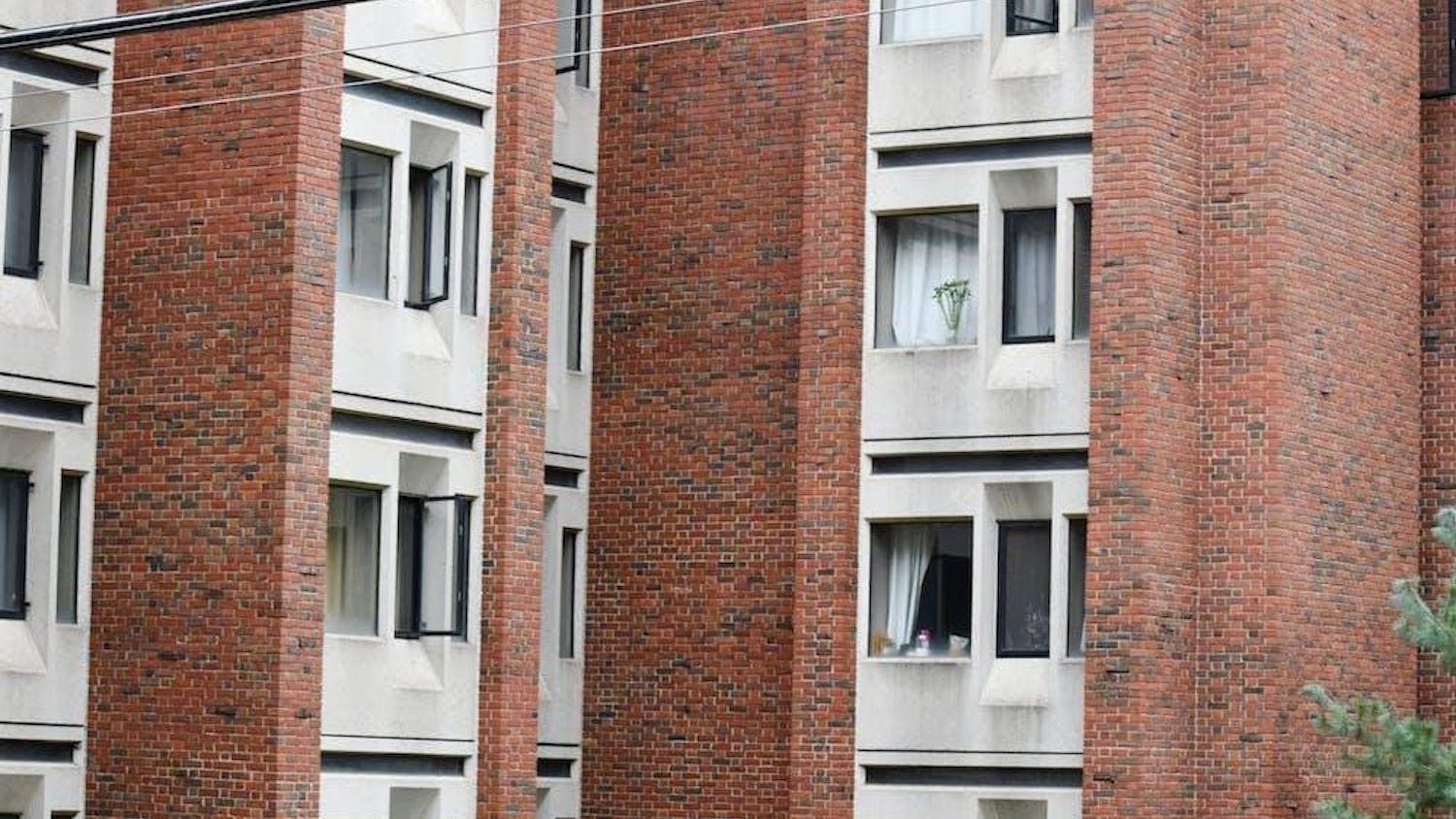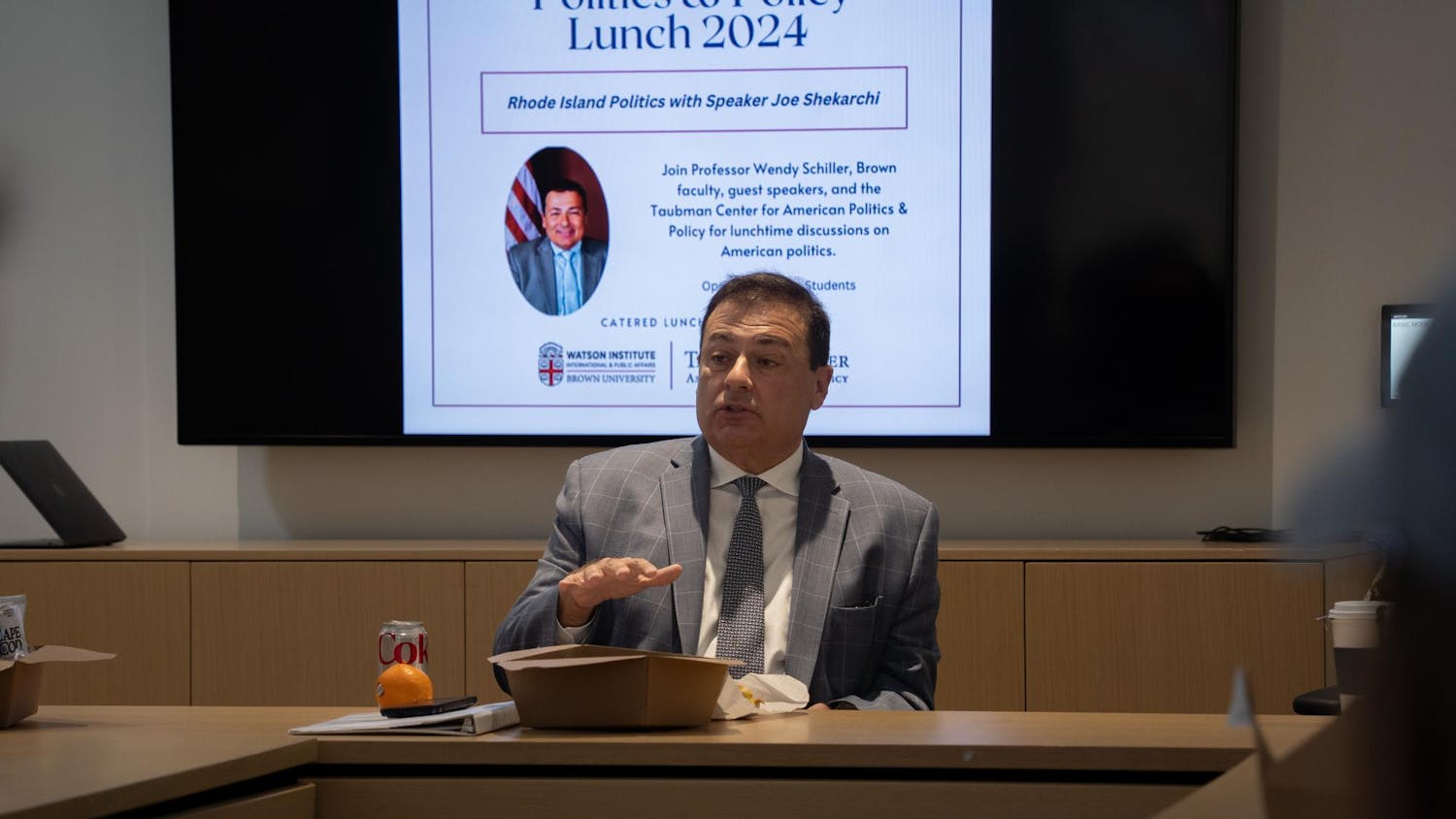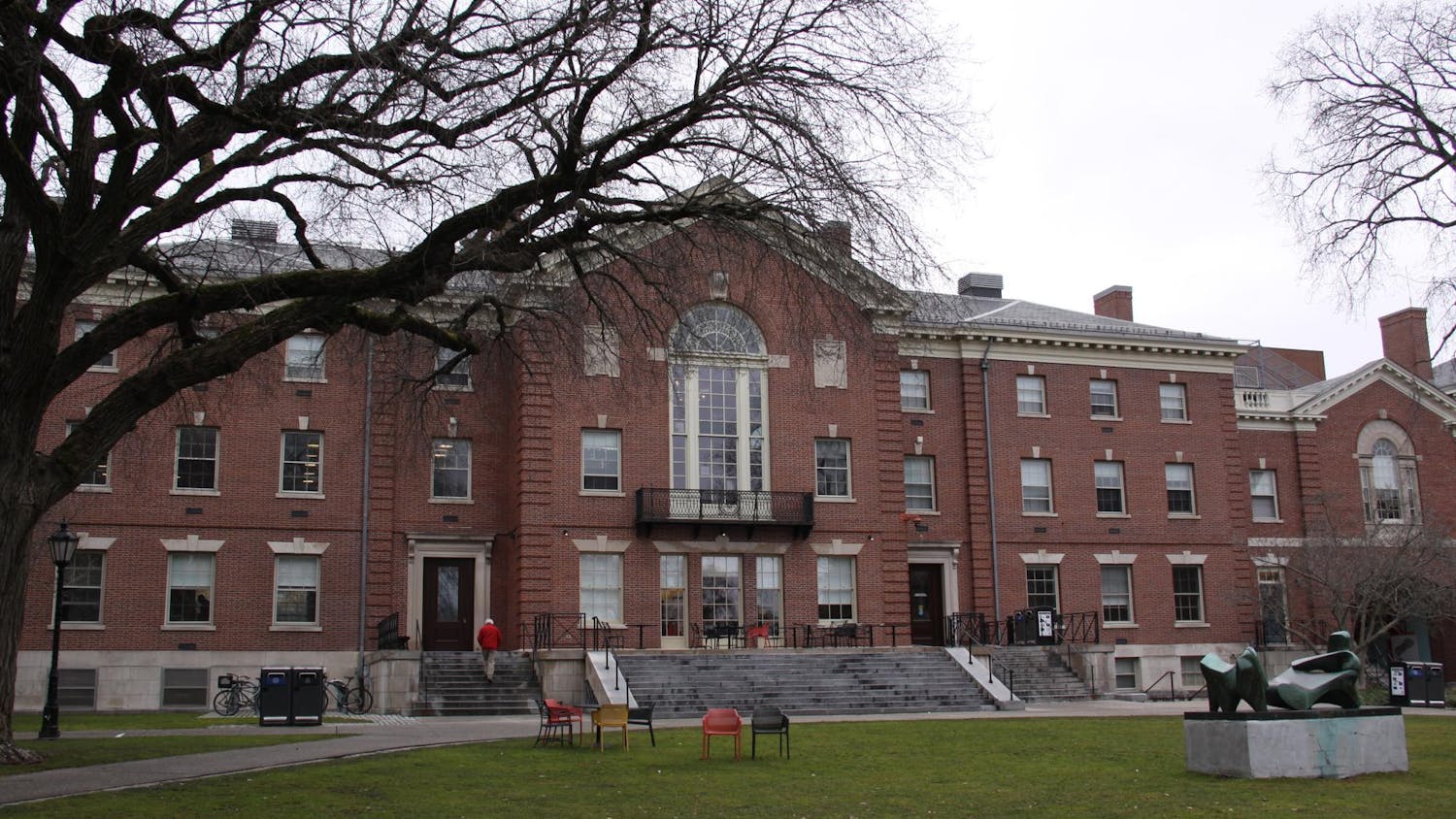The urban studies department hosted a two-day conference on sustainable urbanism this weekend, highlighting new challenges cities face to become cleaner, healthier, greener and less socioeconomically stratified. The conference, titled "The City off the Hill: Working Together for Sustainable Urbanism," took place in MacMillan 117 and included six panels and a video-streamed keynote speech by Pittsburgh Mayor Luke Ravenstahl Friday.
With panels like "Transportation Alternatives," "Greening the Urban Environment" and "Affordable and Efficient Housing," the conference brought together experts from various fields to tackle the issue of sustainable cities from many angles.
Ravenstahl, 32 — who became mayor of Pittsburgh at the age of 26 — spoke in his keynote address about programs he has implemented to transform Pittsburgh from a declining steel town to what Forbes Magazine called "America's most livable city." These initiatives have focused on diversifying the economy with the help of "eds and meds" — educational institutions and hospitals — to bring in industries like biotechnology, information technology and alternative energy. Other programs have focused on greening the local environment through urban gardens and forests, reducing energy use through stricter standards and increasing walkability and bikeability within the city.
"The eds and the meds are something that we focus on here to allow us to do better than most regions, if you look at our unemployment rate, which is far below the state average and the national average," Ravenstahl said.
Ravenstahl went on to discuss the University of Pittsburgh Medical Center, which has been an engine of the city's growth and has increased health care delivery. Ed Wing, dean of medicine and biological sciences and professor of medicine, has cited the center as a model for what the University can do to spur development and job creation in Providence.
During his introduction of Ravenstahl, Providence Mayor Angel Taveras hinted at the responsibility of "eds and meds" to help the cities in which they are located. The University's relationship with the city has been strained recently over Brown's tax-exempt status at a time when the city is struggling financially.
"I love the name of this conference," Taveras said. "This is what it's all about — the city off the hill."
During the panel "Introduction to Sustainable Urbanism," Scott Wolf, executive director of GrowSmart R.I., a public interest group fighting urban sprawl, spoke about the power of academic institutions such as Brown and Johnson and Wales University in kindling sustainable development in areas like the Jewelry District.
There was a consensus among panelists that development will take time.
"It's going to be a couple years before anything happens," said Arnold Chace, managing general partner at Cornish Associates, a real estate development company based in Providence. "Brown doesn't want to commit too much without knowing they're going to get the land."
Laurie White, president of the Greater Providence Chamber of Commerce, spoke about the possibilities for job growth and creation in Rhode Island. She spoke of the collaborative effort of universities, the chamber of commerce, hospitals and other firms to devise a roadmap for job growth based on the state's "competitive assets." After conducting a large data analysis study, the collaborative team determined Providence's strengths lie in its universities, colleges and hospitals.
"We asked ourselves, ‘What are they doing in these institutions that's really different, unique, competitive and that will provide a platform for job growth along all points in the economic spectrum?'" White said.
The roadmap isolated specific industries that are "germane for Providence," such as preventive and rehabilitative services, life sciences and medical devices, design and media technologies, green technology and "high-growth" entrepreneurship, White said.
"Legacy industries are just not spitting out jobs the way they used to," she said. "And if you look at census data, the bulk of the jobs that have been created in the last 10 years have come from small, new companies."
But discussion extended beyond Providence to what other cities are doing to promote sustainable urbanism. Frank Ford, senior vice president for research and development at Neighborhood Progress, Inc., spoke about initiatives Cleveland is undertaking to build commitment to sustainability at the grassroots level. Journalist Greg Lindsay spoke about architectural efforts to create affordable, functional homes in vacant lots in Cicero, Ill. Sarah Aucoin, director of New York City's Urban Park Rangers, spoke about greening efforts in that city.
The conference concluded with a plea to young people.
"Everybody thinks there's going to be some technical innovation that's going to usher sustainable urbanism into the world, but that couldn't be further from the truth," said George McCarthy, director of metropolitan opportunity at the Ford Foundation. "It's a sociological problem. How do we get people to change their behavior? How can young people leverage new tools like social media to come together and act?"
Hilary Silver, director of the urban studies program, said the conference exceeded her expectations. "We got to listen to people who have been extremely creative in tackling big problems," she said. "They're people who have not lost hope."




